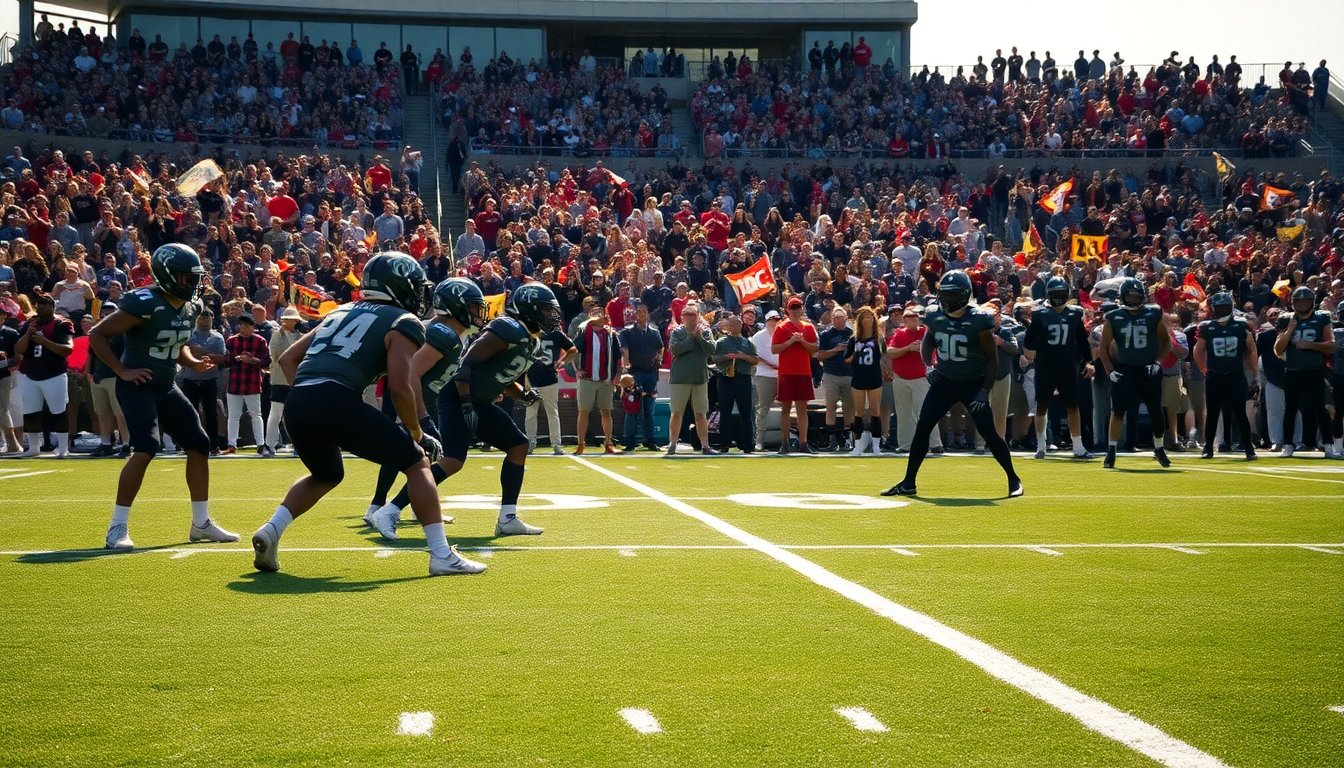Table of Contents
The Southeastern Conference (SEC) has long been recognized as a dominant force in college football, known for its competitive nature and depth. However, as the season progresses, the number of teams with unbeaten records is declining rapidly. This trend raises concerns about the stability and future of one of college football’s most esteemed conferences.
As the playoffs approach, the SEC’s reputation as the toughest conference in the nation is facing scrutiny. With teams competing against one another weekly, it appears inevitable that the ranks of the unbeaten will continue to dwindle. This development could have significant implications for the conference’s status within the larger college football landscape.
Competitive landscape of the SEC
The SEC’s framework has always relied on fierce competition. Each week, teams engage in what can be described as a gladiatorial contest, where only the strongest prevail. The pressure to perform is immense, and the stakes are high.
As teams vie for position in the standings, the toll of the demanding schedule becomes evident.
Injuries and fatigue
As the season unfolds, injuries emerge as a critical factor impacting team performance. Star players frequently find themselves sidelined, creating a ripple effect throughout their teams.
This phenomenon not only affects individual squads but also reshapes the dynamics of the conference overall. When key players are unavailable, the competitive edge that teams depend upon can diminish significantly.
Moreover, fatigue plays a vital role in the decreasing number of unbeaten records within the SEC.
The intense physical and mental demands of consecutive games can lead to a drop in performance. As teams push their limits, it is unsurprising that close calls and unexpected outcomes have become more frequent. This season has already seen several upsets that have altered the rankings significantly.
External pressures and implications
While internal factors contribute to the challenges faced by the SEC, external pressures also warrant attention. The evolving landscape of college football, influenced by new regulations and the emergence of strong competitors from other conferences, complicates the situation further.
Rise of other conferences
Conferences such as the Big Ten and Pac-12 have made notable advancements in enhancing their competitive stature. With talented recruits and strategic coaching, these leagues are demonstrating their ability to compete with the SEC on a national scale. As the SEC finds itself needing to defend its supremacy, the decreasing number of unbeaten teams only complicates its narrative.
The implications are profound. As competition intensifies, maintaining its status as the premier conference in college football becomes increasingly challenging for the SEC. This shift in dynamics may lead to a reevaluation of team perceptions and could impact recruitment efforts in the future.
Looking ahead
As the season progresses, it is crucial for teams within the SEC to adapt to the mounting pressures they face. The key to remaining competitive lies not only in strategic gameplay but also in effectively managing player health and performance throughout the season.
Furthermore, sustaining a robust recruiting pipeline will be essential for ensuring continued success within the conference. As teams compete for top positions and strive to regain their unbeaten records, it is evident that the SEC must confront these challenges directly. The future of the conference is at stake, and how it navigates this turbulent season will undoubtedly shape its legacy.




